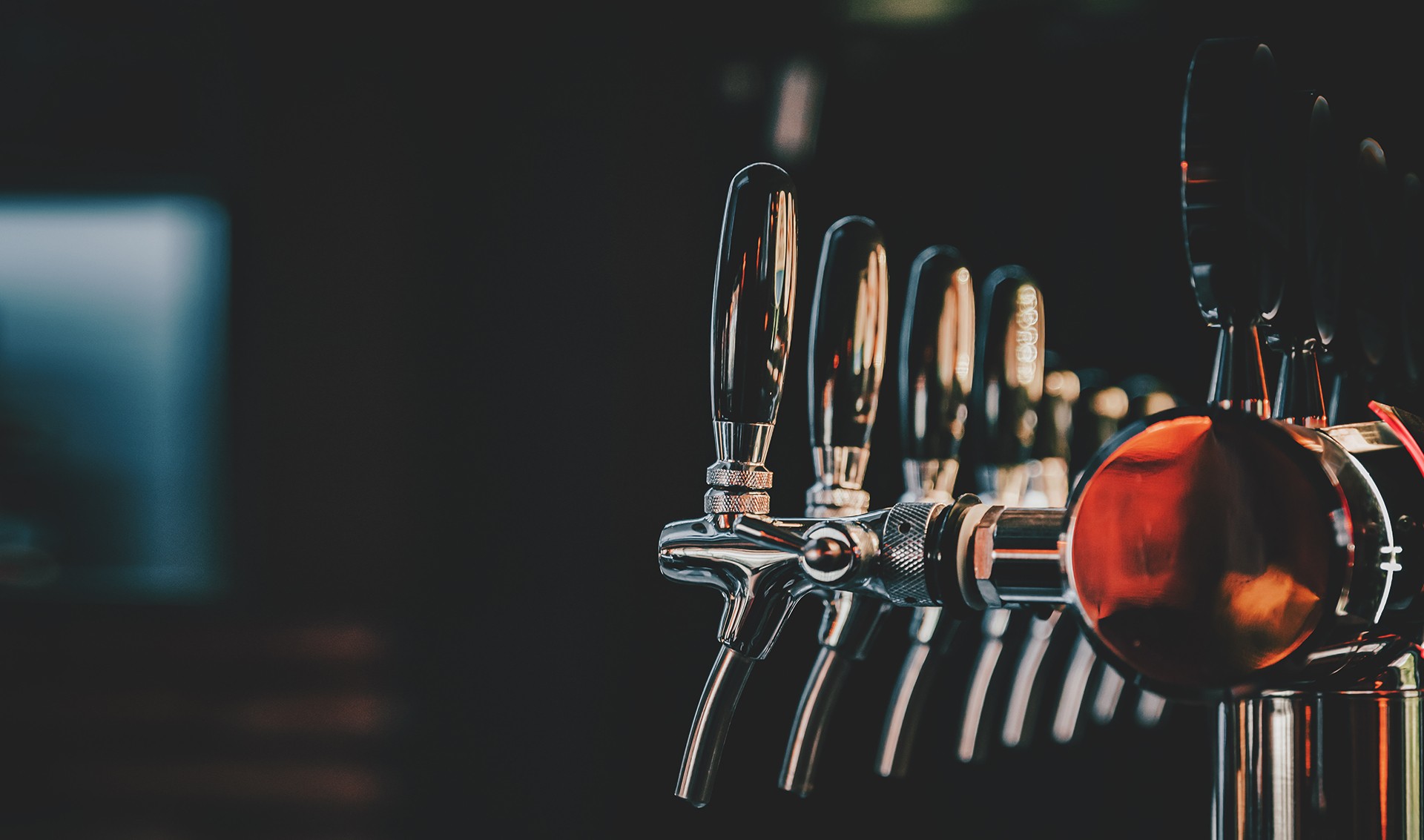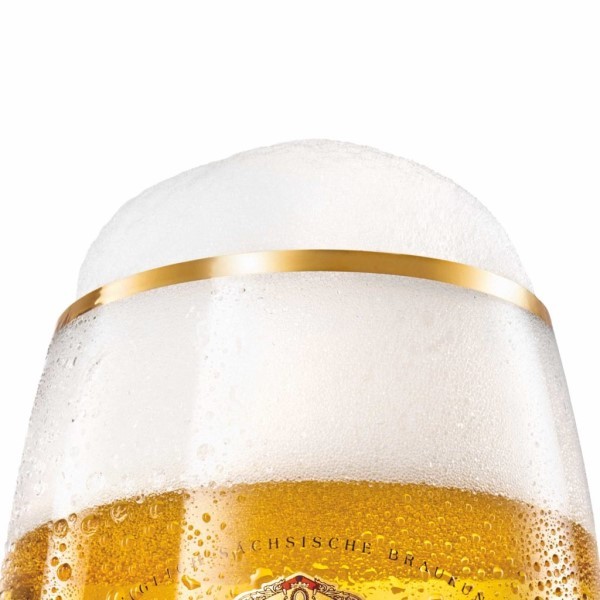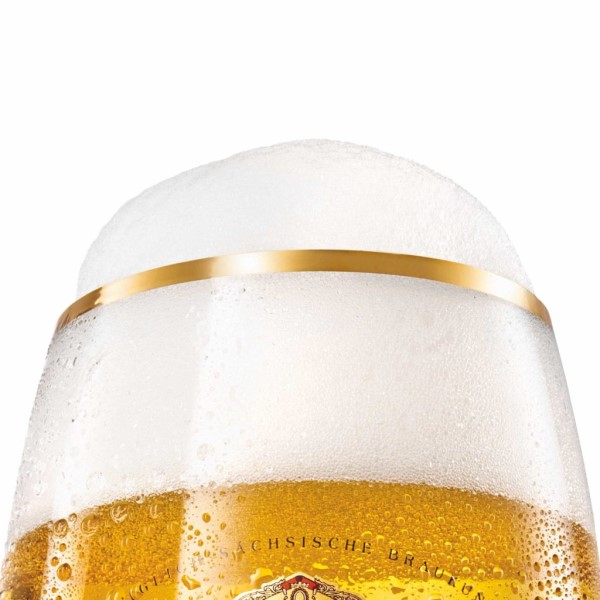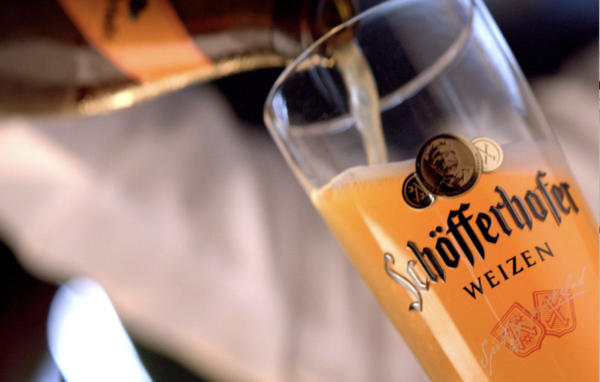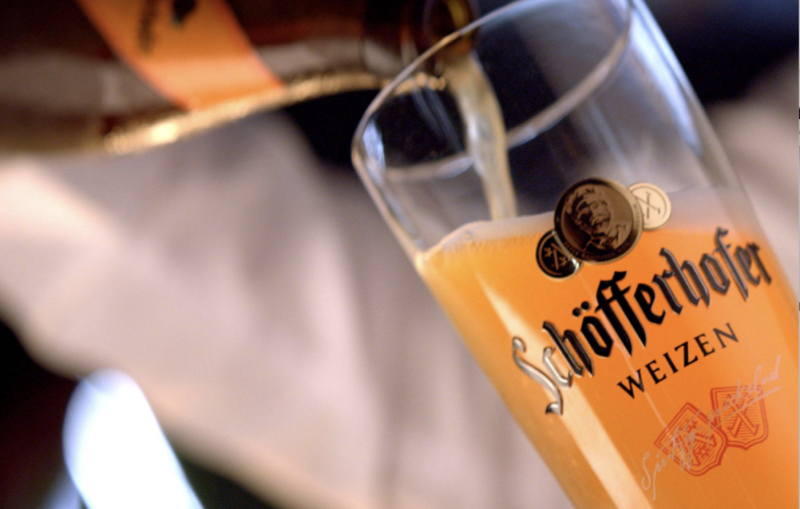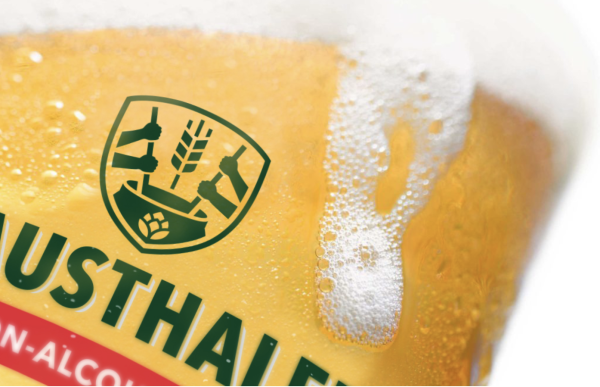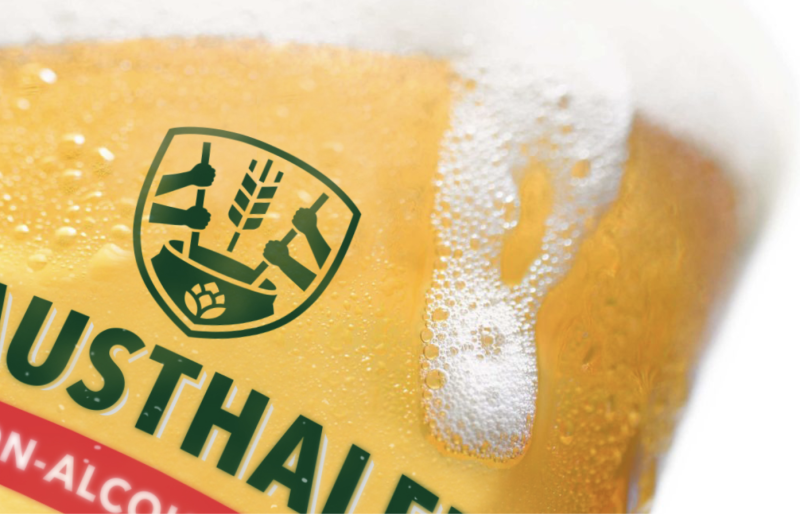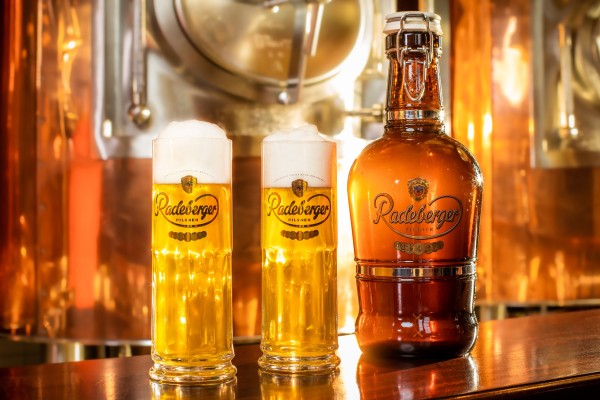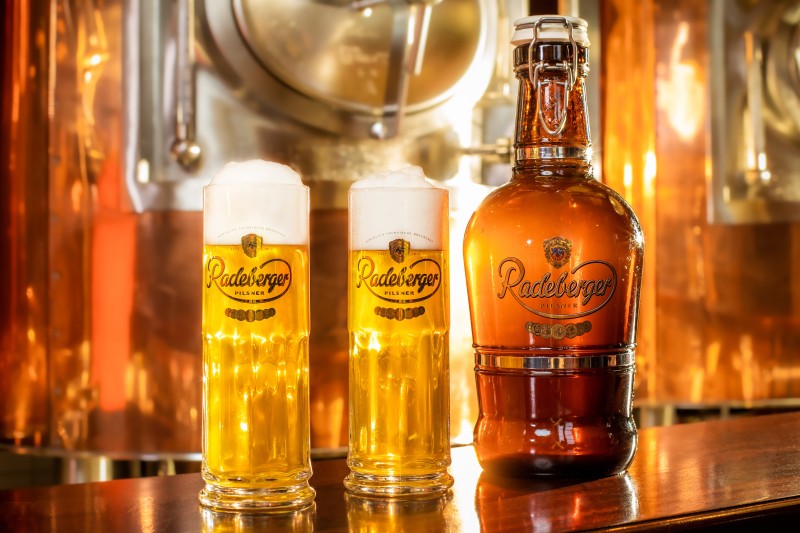Traditionally a typical Bavarian brew, this beer has come a long way. A long time ago, Hefeweizen was illegal to brew. In order to preserve enough wheat to bake bread, Duke Wilhelm IV. proclaimed the Reinheitsgebot. After many years, the law was revised, allowing brewers to use wheat again. Schöfferhofer was the first to break the rules and bring Hefeweizen from the serene rivers and mountains of Bavaria to the big city.
Hefeweizen boasts an exciting, fruity taste profile. From banana to citrus notes, sometimes malty, this beer can do it all. A perfect companion for a rooftop party in the city, to summer days at the lake or paired with a fine dinner, Hefeweizen is always a great companion. Ideally poured into a tall, curvy glass to allow for perfect carbonation, color and flavor. Furthermore explore Hefeweizen Mix, the perfect combination of unfiltered Hefeweizen and natural fruit drink.
